5G technology is in the limelight.
The Pyeongchang Winter Olympics, which just closed, became the first large-scale "training ground" for 5G operations. If the Pyeongchang Winter Olympics gave the global audience a preliminary understanding of its application, then the MWC opened on the other side of the globe on the closing day pushed the 5G to its climax.
On February 26th, local time, MWC 2018 was held in Barcelona, ​​Spain. Interestingly, at the World Mobile Communications Conference (MWC) site last year, AI was still a focus of many manufacturers, and this year's limelight was suddenly seized by 5G.
China Mobile announced at MWC that it will build the world's largest 5G trial network in 2018 and officially announced its 5G scale experimental plan for 2018 – it will conduct field tests in five cities: Hangzhou, Shanghai, Guangzhou, Suzhou and Wuhan. More than 100 5G base stations will be built in cities; 5G services and application demonstrations will be carried out in 12 cities including Beijing, Chengdu and Shenzhen.
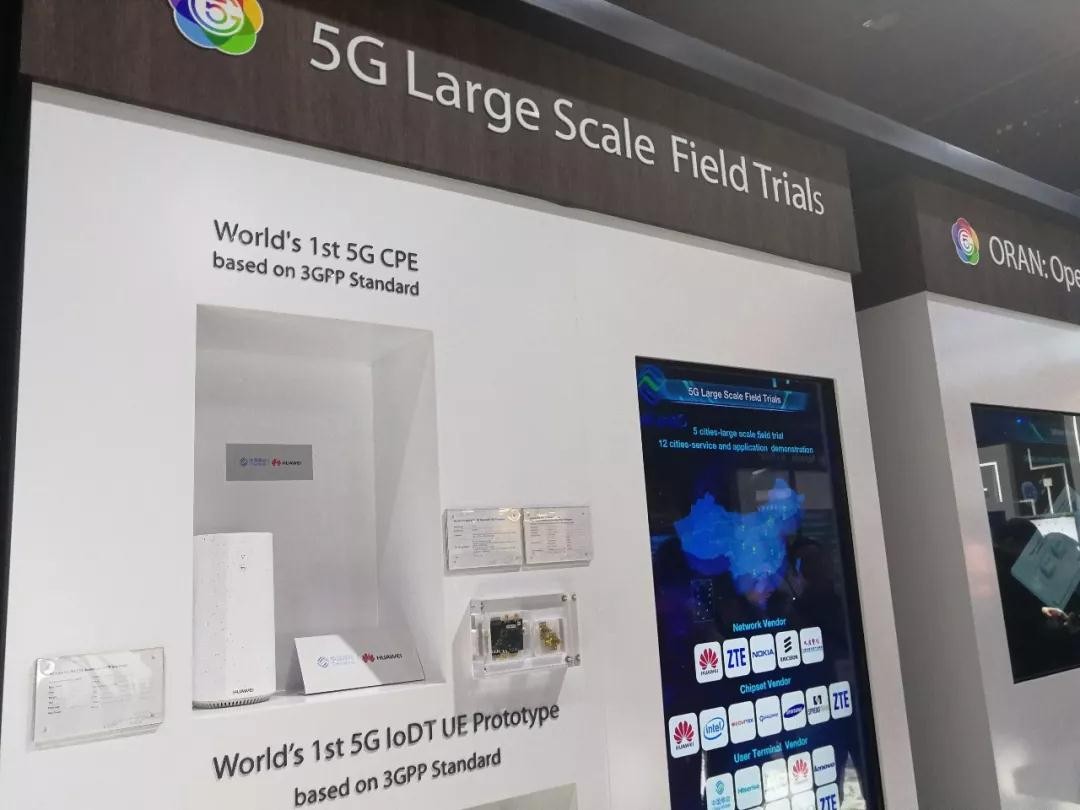
NB-IoT is the prelude and foundation of 5G commercial. In the IoT exhibition area of ​​this conference, China Mobile has displayed a series of Internet of Things solutions. Among them, the urban lighting intelligent solution based on NB-IoT (narrowband Internet of Things) can automatically adjust the lighting scheme according to external sensing data such as time, light, pedestrian flow, etc., and can also realize remote switch lights, electricity bill data statistics, Intelligent control such as fault alarm and real-time display of geographical location. At present, the technology has been applied in many cities in Guizhou and Gansu, and the secondary energy saving rate of the overall lighting of the road section has reached 23%, and the inspection cost has been reduced by 80%.
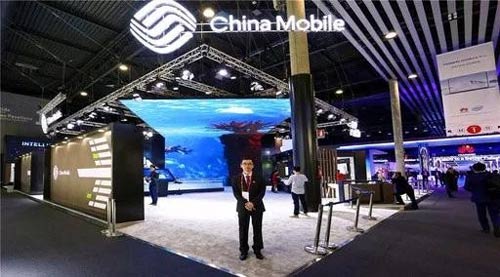
With the promotion of 5G and the Internet of Things, smart cities have transformed LED street lights into network nodes of the Internet of Things. Many giants have been sharpening their knives and want to quickly seize the market. In addition to the above-mentioned operators such as China Mobile, in the field of main equipment where investment opportunities are the first, Huawei, ZTE and other major equipment manufacturers have begun to grasp the core discourse power.
In fact, 5G requires a large number of micro base stations. According to CITIC Construction Investment, the total number of 5G macro base stations in the three major operators will reach 4 million, and the number of small and micro base stations will reach 6 million. “The spacing may be only 100 meters, and in a crowded business district, the spacing is likely to be only 50 meters; these shoebox-sized micro base stations can be integrated into streetlights, absorbing ceilings, etc.,†industry insiders said. Because the base station is closer, the street light will undoubtedly become a very good choice for base station deployment.
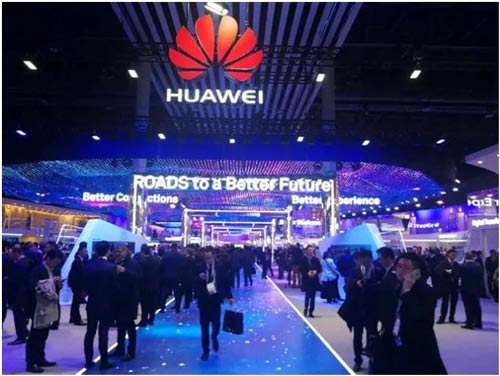
At this MWC, Huawei demonstrated the Shuffle Site streetlight base station jointly designed with Schrader. Shuffle Site is based on the integration of Schrader's multi-function LED light pole Shuffle and Huawei outdoor small base station. "Base station + light pole", the street light base station not only reduces the TCO of the new station by 40%, but also reduces the deployment period of the new station from 6 months to 1 month, and can increase the user experience rate by 3 times. This can help operators maximize the use of urban lighting pole resources to deploy small base stations to enhance mobile network coverage and capacity, and help the construction of smart cities in Belgium. In addition, the street lamp base station also integrates functions such as WiFi, camera, and advertising screen.
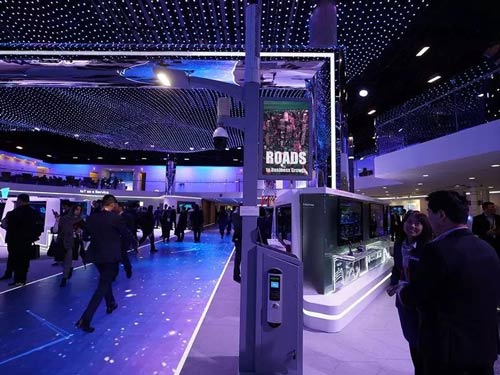
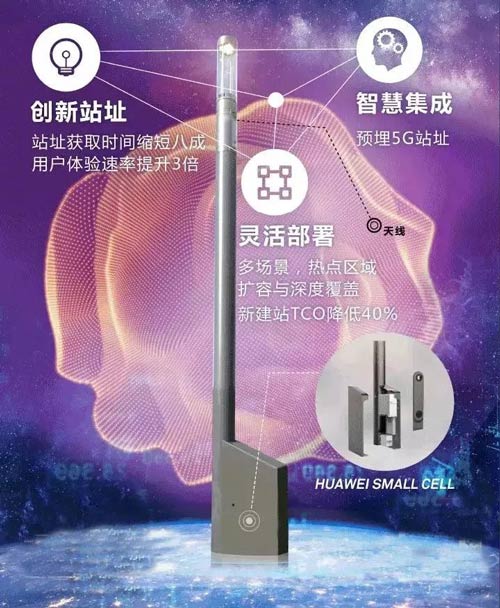
Obviously, Shuffle Site is a pre-buried 5G site, which has taken the lead for future-oriented network evolution.
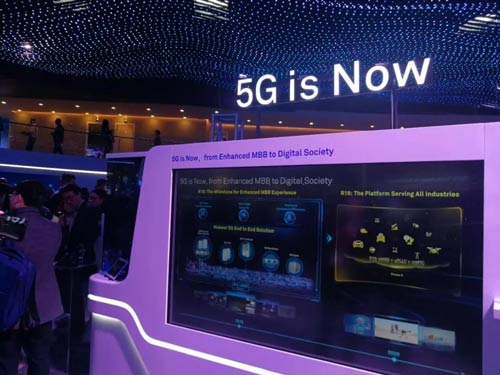
ZTE's Internet of Things "core cloud" strategy was also demonstrated on this global platform. The Shanghai World Expo Park was used as a model, and business applications such as intelligent street lights, parking, manhole cover and air quality monitoring were all unveiled.
In addition, a number of international companies such as Philips Lighting, Feile Audio, Silver Spring Networks, Sensus, etc. have developed relevant intelligent lighting solutions.
Philips Lighting has teamed up with American Tower, America's largest wireless infrastructure provider, to develop a smart light pole that integrates 4G/5G base stations with streetlights to provide wireless network coverage for telecom operators. American smart city transformation. At this MWC, the two companies announced that Huntington Beach, Los Angeles, California, will be the first region to deploy the smart light pole.

Smart light poles called Smart Fusion Poles may be installed along the city's coastal highways and in the bustling business district, shops, cafes, restaurants. To meet the capacity of densely populated areas in the United States, the Smart Fusion Pole provides the infrastructure needed for wireless broadband connectivity and uses an aesthetically pleasing energy-efficient street light pole for seamless integration into the city.
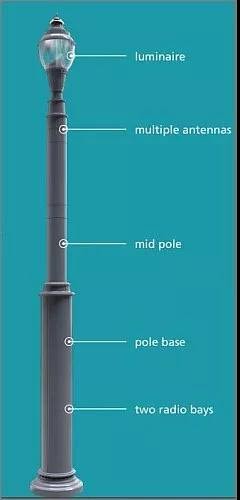
The smart light pole integrates LED street lights with hidden 4G and 5G cellular networks, and sensors can be used to detect information such as traffic conditions, parking spaces and air quality. The Smart Fusion Pole's integrated antenna supports single-pole services from multiple mobile operators and is optimized for small cell deployments to help solve network challenges. In addition, its plug-and-play design facilitates next-generation 5G and IoT technologies.
In Taiwan, there are also manufacturers such as Lite-On, which are actively deploying and integrating the relevant city information by placing sensors and other devices on the smart street lamps. In addition, the United States, India, the Middle East, Australia, China's many cities and other regions have launched smart street lighting plans, in 2018 will be expanded around the world.
As the core technology of future artificial intelligence and Internet of Things, 5G is getting closer to the official commercial date. The industry predicts that China is expected to achieve 5G communication pre-commercialization in 2019, and realize large-scale commercial commercialization of 5G communication in 2020. The Beijing Economic and Information Commission also revealed that Beijing will conduct commercial 5G pilots this year. With the Pyeongchang Winter Olympics and MWC as an opportunity, the global operators, equipment manufacturers, lighting manufacturers and other investment intentions in the 5G field are likely to increase, accelerating the layout of 5G. In 2018, the 5G industry chain will also usher in several development milestones and is expected to enter an explosive growth period.
With the 5G feast, the intelligent street lights will shine.

Fast Recovery Diode (FRD) is a semiconductor diode with good switching characteristics and short reverse recovery time. It is mainly used in switching power supplies, PWM pulse width modulators, inverters and other electronic circuits as high-frequency rectifier diodes. Free-wheeling or damper diodes are used. The internal structure of the fast recovery diode is different from that of an ordinary PN junction diode. It belongs to a PIN junction diode, that is, a base region I is added between the P-type silicon material and the N-type silicon material to form a PIN silicon wafer. Since the base area is thin and the reverse recovery charge is small, the fast recovery diode has a short reverse recovery time, a low forward voltage drop, and a high reverse breakdown voltage (withstanding voltage).
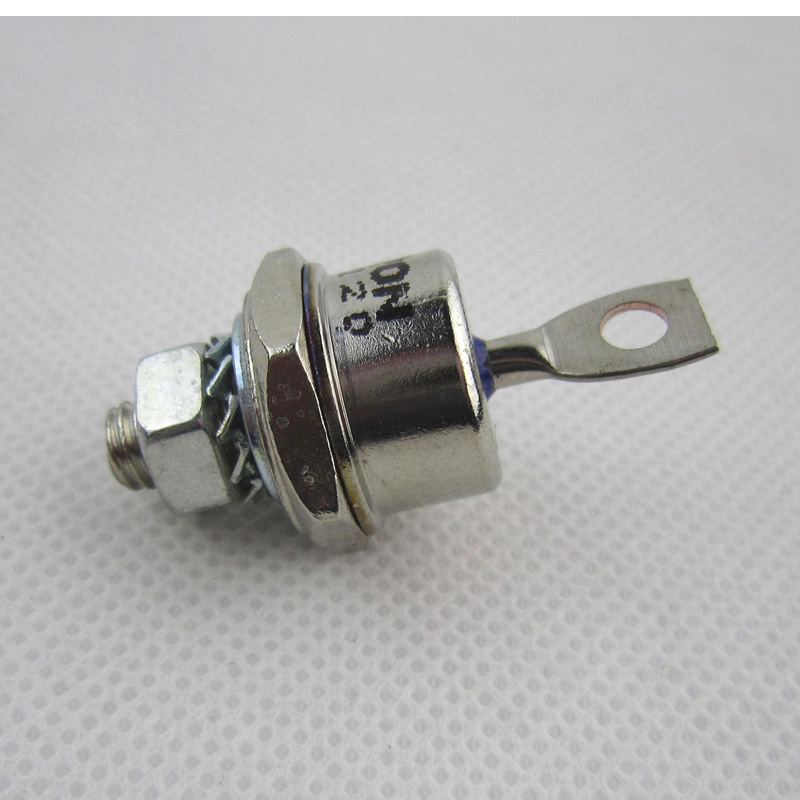
Fast Recovery Stud Diode,Stud Type Fast Recovery Diode,Fast Recovery Diode,Stud Rectifier Power Diode
YANGZHOU POSITIONING TECH CO., LTD. , https://www.cnpositioning.com